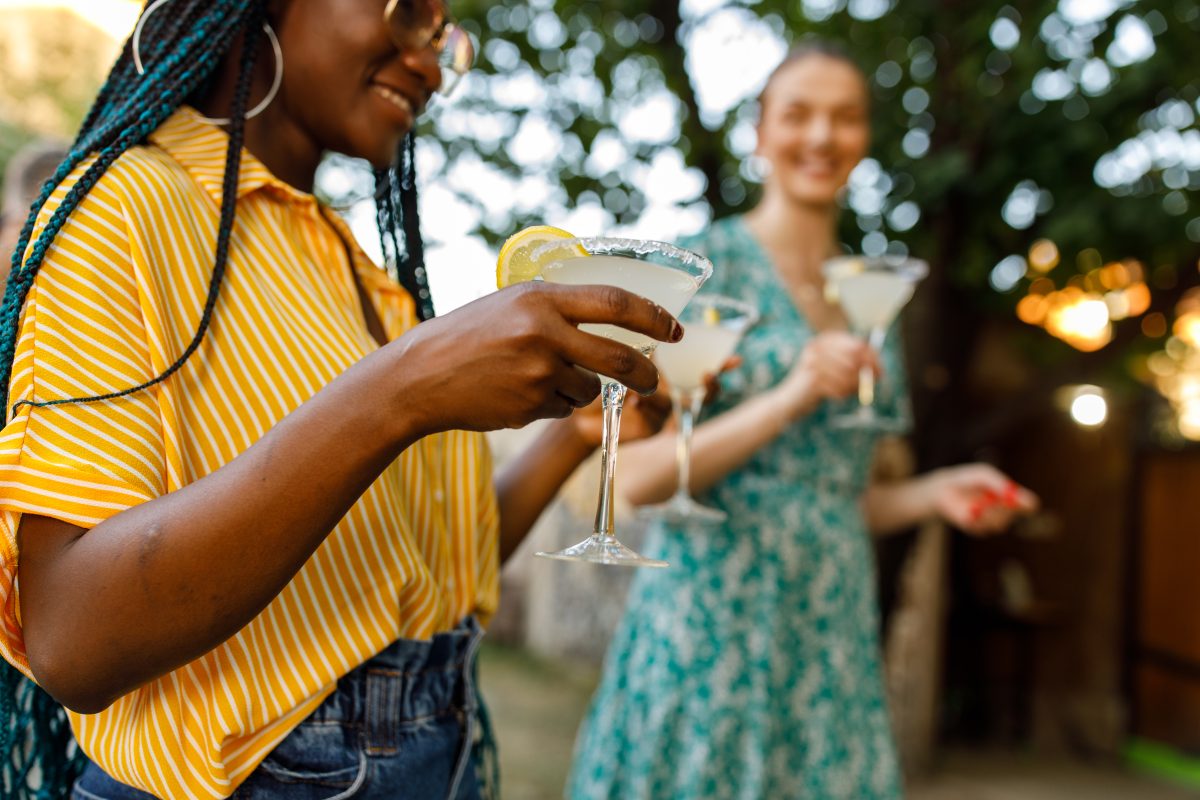Innovation and product development will be a key part of the future of the no and low alcohol sector as it continues to grow, as a recent IWSR report indicated.
In 2022, the IWSR valued international sales of no and low alcohol drinks at US$11 billion, and this is projected to grow by one third by 2026. Non-alcoholic drinks currently account for 70 per cent of the sector’s sales, and are expected to lead the sector’s growth both in terms of new product releases and increased adoption.
According to the IWSR, product innovation will primarily be focused towards consumers who also drink alcohol, which make up 78 per cent of the market. Those abstaining from alcohol during specific occasions, also known as substituters, are the largest portion of no/low consumers, constituting 41 per cent of the consumer base. However, the number of consumers abstaining from alcohol altogether is also increasing, especially among young adults, so this demographic will continue to be relevant to the sector’s growth.
Product development will be led by existing brands entering the no and low alcohol space, which are a low-risk entry for consumers who are new to the category.
“Drinkers seeking a no or low alcohol alternative can stay within their favourite umbrella brands, diluting any perceived risk of entering the no- and low-alcohol space,” the report stated.
Even so, major global beer brewers have been introducing non-alcoholic options in their localised and specialist labels, whereas this was previously confined to flagship brands for the most part.
In terms of wine, the IWSR identified Australia as a leader in non-alcoholic wine development, both domestically and internationally, as several well-known export brands have introduced non-alcoholic ranges.
Celebrity endorsements in the sector are expected to grow, especially due to their success in the traditional alcohol sector. In Australia, we have already begun to see this with Kylie Minogue’s range of non-alcoholic wines.
The “better for you” sentiment continues to benefit the no/low sector, with one third of consumers identifying health and wellbeing as their reason for choosing no and low alcohol options. This has affected the messaging around no and low alcohol products, which has shifted from focusing on alcohol content to highlighting flavour, occasion, and other benefits. Some non-alcoholic beers are even being promoted as an option for post-workout hydration.
The interest in health and wellbeing has increased innovation into functional beverages, which involve the addition of nootropics, vitamins, and adaptogens. These additions are usually restricted to non-alcoholic beverages.
Non-alcoholic spirits are projected to increase significantly and are greatly affected by the cocktail trend of the broader drinks space.
“The no alcohol spirits category is still in its infancy and is driven by a number of new-to-market, dedicated no alcohol brands,” the IWSR said.
However, recent adoption by large-scale brands such as Gordon’s 0.0% indicates the rise in popularity of the non-alcoholic spirits subsector.
Among the broader spirits trends impacting the no/low alcohol sector is the increasing popularity of RTDs, which consumers appreciate due to their convenience. Though the current selection is small, the IWSR project that non-alcoholic RTDs will constitute the largest increase in the sector, with an expected compound annual growth rate of 18 per cent between 2022 and 2026.
Increased interest in aperitivo, pre-dinner and daytime-oriented drinks will also flow over to the no and low alcohol sector, with IWSR consumer data indicating that no/low consumers are most interested in trying no and low alcohol aperitifs and tequila. These categories were particularly popular among millennials.
“Although no alcohol gin and botanical spirit alternatives continue to be an important focus of new launches, there has been an uptick in alcohol-free aperitif, dark spirits and tequila alternatives as well,” the report explained.
The IWSR also expects adjacent categories to drive interest in the no and low alcohol sector, with several.
Overall, product development will be driven both by consumer demand and drinks operators across adjacent categories. The IWSR highlights mixer brands releasing products that can be enjoyed without a spirit or spirit alternative and ABV scale multipacks as examples of this cross-category interaction.
“Innovation will be driven by both dedicated no alcohol brands, which help to raise quality perceptions, as well as larger brands investing in brand extensions as a way to provide familiarity and reassurance to new consumers,” the report concluded.

